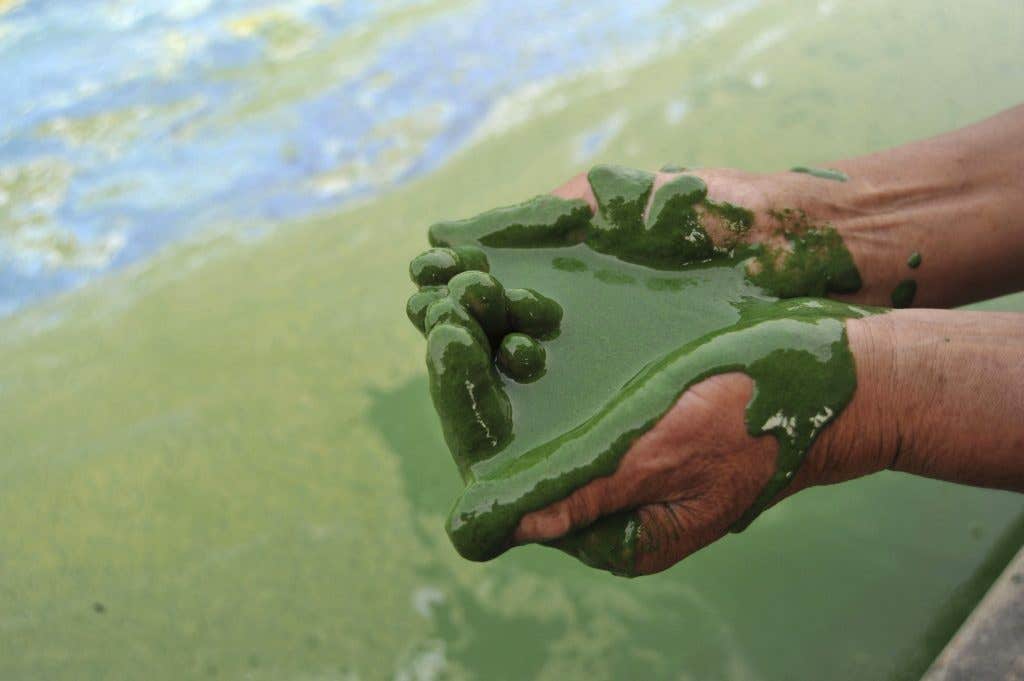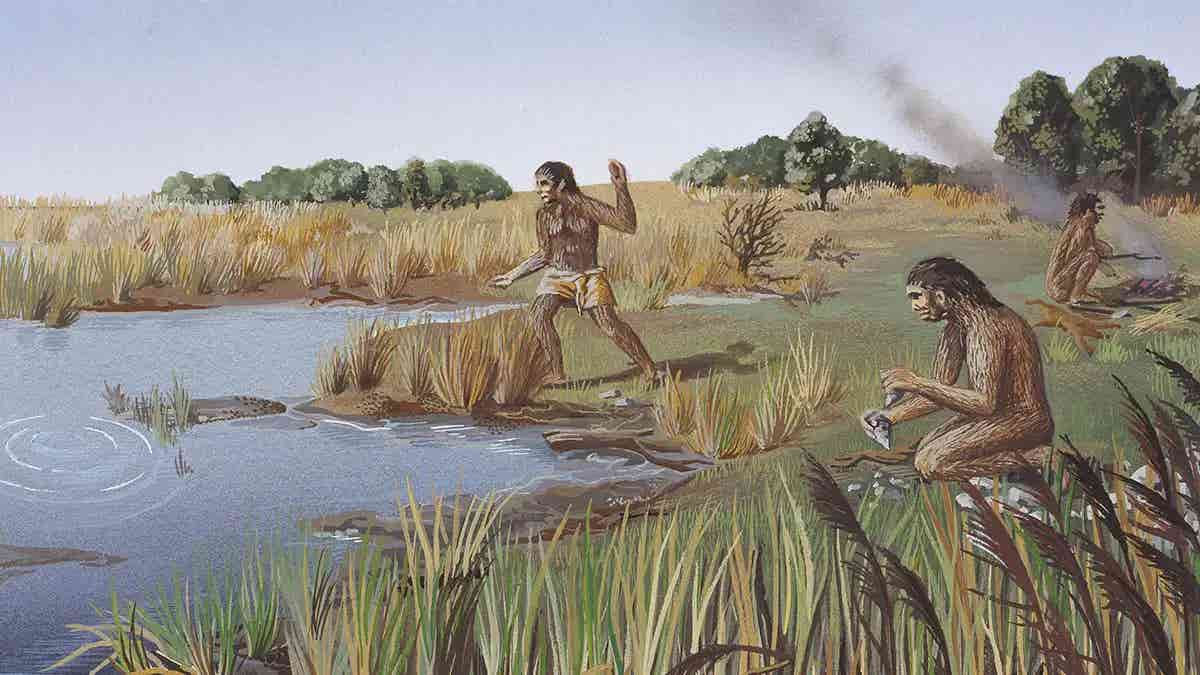Green and clean: New eco-friendly and sustainable way to fight water pollution
To create a sustainable system of wastewater treatment, the focus has shifted to eco-friendly and cost-effective technologies.

[Sept 18, 2021: Shoolini University]
Using a new strain of algae, scientists have developed an eco-friendly way to purify wastewater. (Credit: REUTERS/Stringer)
Our ever-growing demand for freshwater has caused its sources to diminish rapidly and scientists have been attempting to find strategies to purify wastewater for reuse to meet future demands. At present, the most common wastewater treatment techniques involve the use of chemicals or ultraviolet radiation to kill microorganisms or remove pollutants. But these conventional techniques have several drawbacks, such as the toxic effects of chemical substances on our health or the high energy requirements to run treatment facilities. To create a sustainable system of wastewater treatment, the focus has shifted to eco-friendly and cost-effective technologies.
One such technology under exploration involves using aquatic microorganisms, such as algae, which are known to be able to degrade complex molecules. Recently, a team of scientists from India (Algae Research and Bioenergy Lab, Uttaranchal University; Faculty of Applied Sciences and Biotechnology, Shoolini University; and Department of Biotechnology, Dolphin (P.G.) Institute of Biomedical and Natural Sciences), Korea (Department of Environmental Engineering, The University of Seoul), and Russia (Joint Institute for High Temperatures of the Russian Academy of Sciences and Department of Environmental Monitoring and Forecasting, RUDN University), led by Dr. Pankaj Kumar Chauhan from Shoolini University, India, have developed wastewater treatment technology based on algal bioremediation. Their study is published in Science of the Total Environment.
Algae rapidly cover water bodies with a green film or cause red tides, using the nitrogen, carbon, phosphorous, or heavy metals present in water as nutrition. A high algal load in the water then creates competition for nutrients and sunlight with other micro-organisms, causing a reduction in the number of bacteria present in the water. These are some of the properties that make algae promising wastewater purification agents. Added to these, is the fact that they’re are eco-friendly, self-sustaining, and cost-effective as a wastewater treatment agent.
Dr. Chauhan explains the basis of the technology developed by his team: “We selected a novel microalgal strain Pseudochlorella pringsheimii because it can tolerate high pollutant load and can grow over a wide range of temperatures. Moreover, under conditions of stress, Pseudochlorella is known to accumulate high amounts of lipids in their cells, opening up the possibility of using this algal biomass for biofuel synthesis.’’
For their experiments, the researchers collected the Pseudochlorella pringsheimii microalgae strain from a natural pond and cultivated it in artificial tanks of raw urban wastewater which contained various heavy metal pollutants and antibiotic resistant bacteria. After 14 days of cultivation, they measured three parameters in these tanks: the water quality, and growth and biochemical composition of P. pringsheimii. They also assessed the possibility of using the microalgae-treated water for fish farming.
The findings of this pilot-scale study were extremely encouraging. P. pringsheimii cultivation significantly improved the water quality by removing heavy metals and harmful microorganisms. Dr. Chauhan explains enthusiastically: “After the treatment, we observed that the levels of water pollution indicators such as chemical oxygen demand (COD), alkalinity, and hardness reduced by 83.2%, 66.7%, and 69.6%, respectively. Moreover, the algal growth naturally nearly eliminated the total bacteria and coliform in the water. We also saw a significant increase in the lipid content in wastewater-grown algal biomass in comparison to the algae grown in the control medium. This means, that this algae can be recycled for biofuel synthesis.’’
In addition, while no sucker fish survived in raw wastewater, in treated wastewater, 84% of them not only survived but over ten days, their bodyweight also increased by 47%.
This new technology is, thus, a remarkable success in eco-friendly wastewater treatment research and highlights the suitability of using treated water for low-cost fish cultivation. Dr. Chauhan is hopeful that their microalgae-based bioremediation technique will pave the way for a greener and more sustainable future.
Like these kind of feel good stories? Get the Brighter Side of News' newsletter.
Tags: #New_Innovations, #Green_Good_News, #Algae, #Water_Pollution, #Clean_Water, #The_Brighter_Side_of_News
Joshua Shavit
Science & Technology Writer | AI and Robotics Reporter
Joshua Shavit is a Los Angeles-based science and technology writer with a passion for exploring the breakthroughs shaping the future. As a contributor to The Brighter Side of News, he focuses on positive and transformative advancements in AI, technology, physics, engineering, robotics and space science. Joshua is currently working towards a Bachelor of Science in Business Administration at the University of California, Berkeley. He combines his academic background with a talent for storytelling, making complex scientific discoveries engaging and accessible. His work highlights the innovators behind the ideas, bringing readers closer to the people driving progress.



